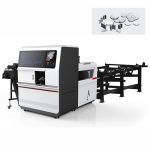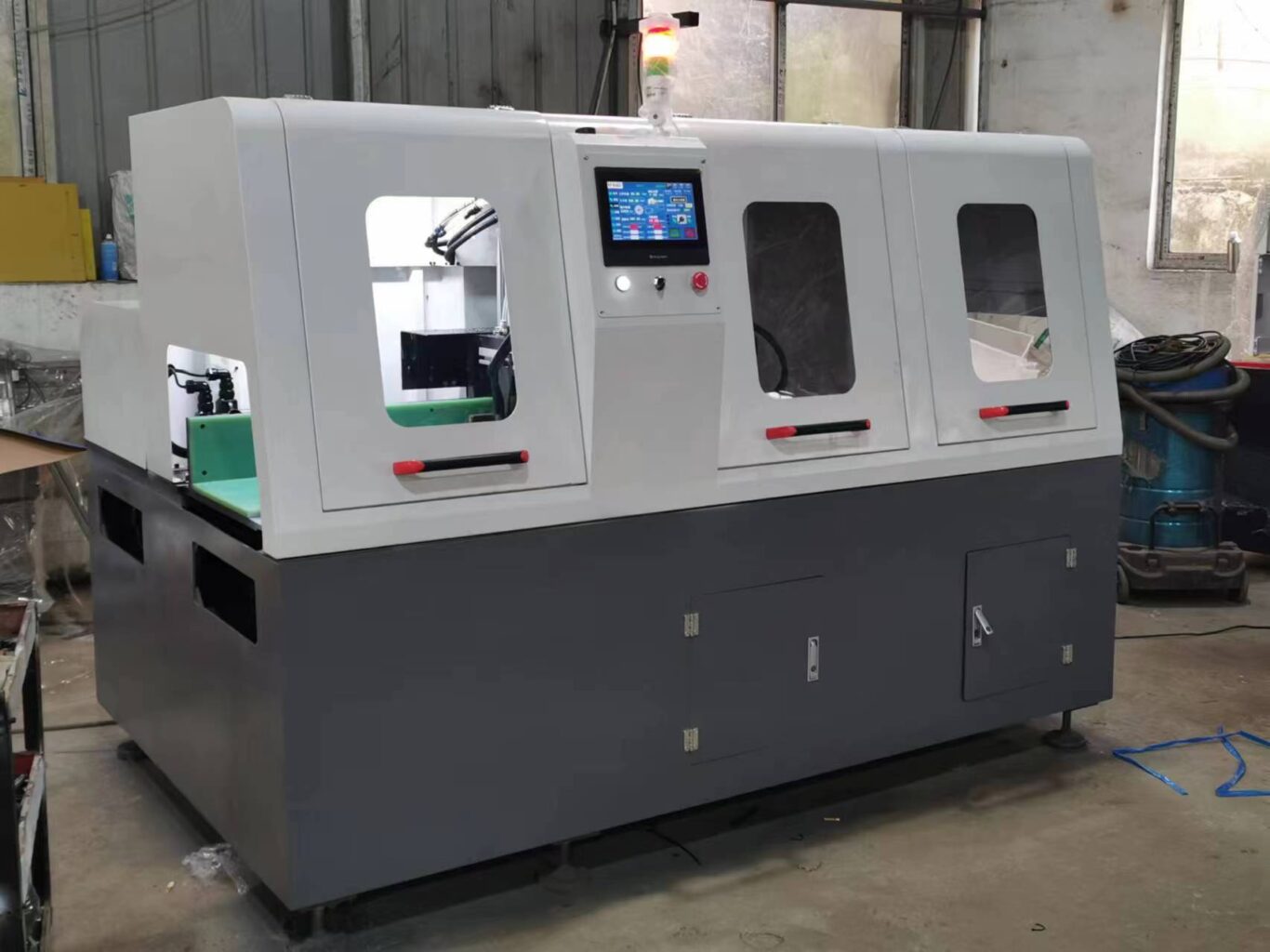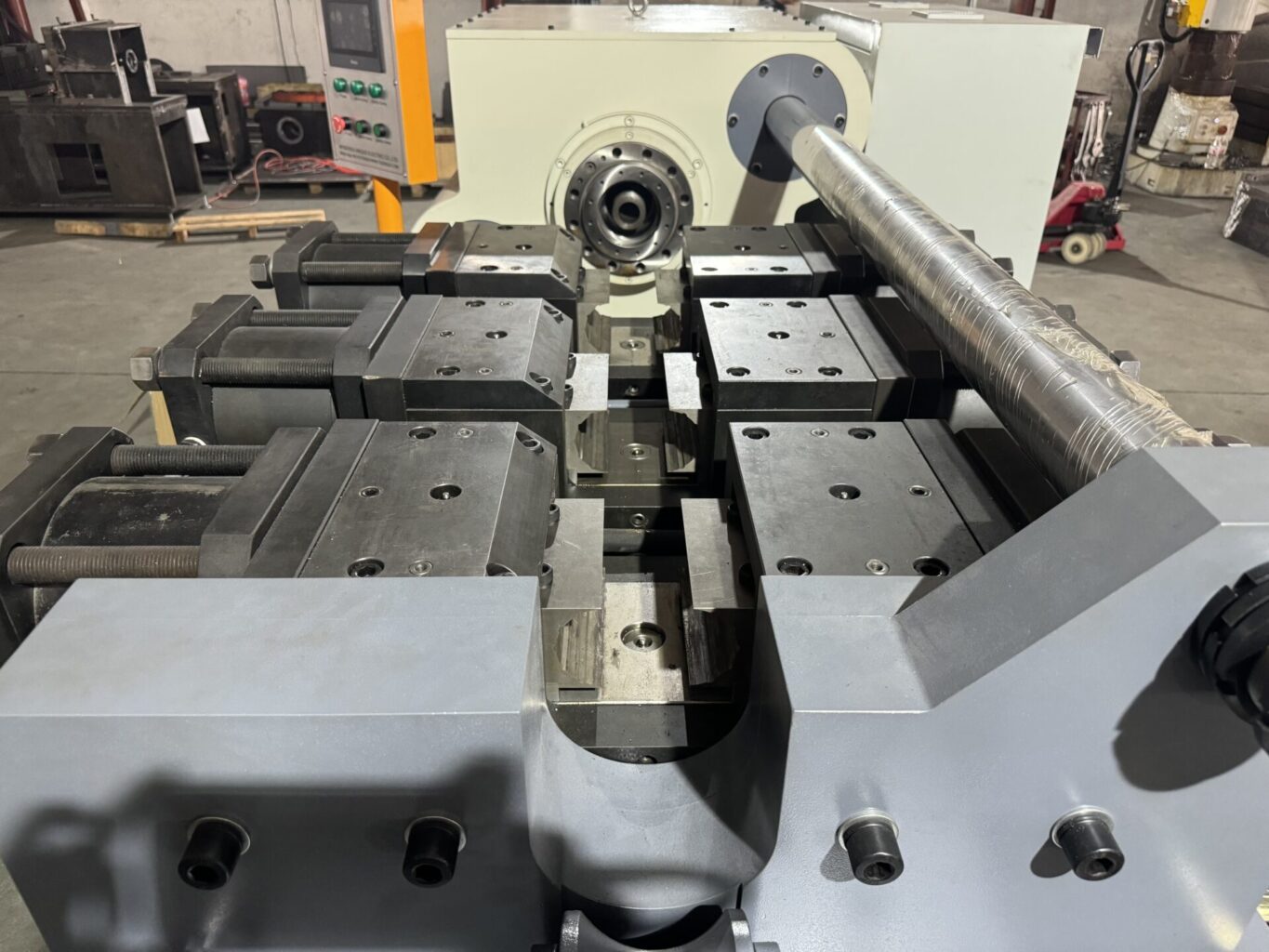I’ve worked with enough factories to know this: many older CNC machines are still running—but barely. The sticking point? Those outdated PCs running them. It’s a challenge I’ve seen firsthand.
Yes, CNC manufacturers can modernize older machines that use legacy PCs. By carefully upgrading software, retrofitting components, or using PC emulation tools, it’s possible to extend machine life and improve performance.
🧭 Instead of tossing valuable machinery, many manufacturers are looking at smarter, more cost-effective upgrades. Let’s explore how they’re doing it—and how you can too.









